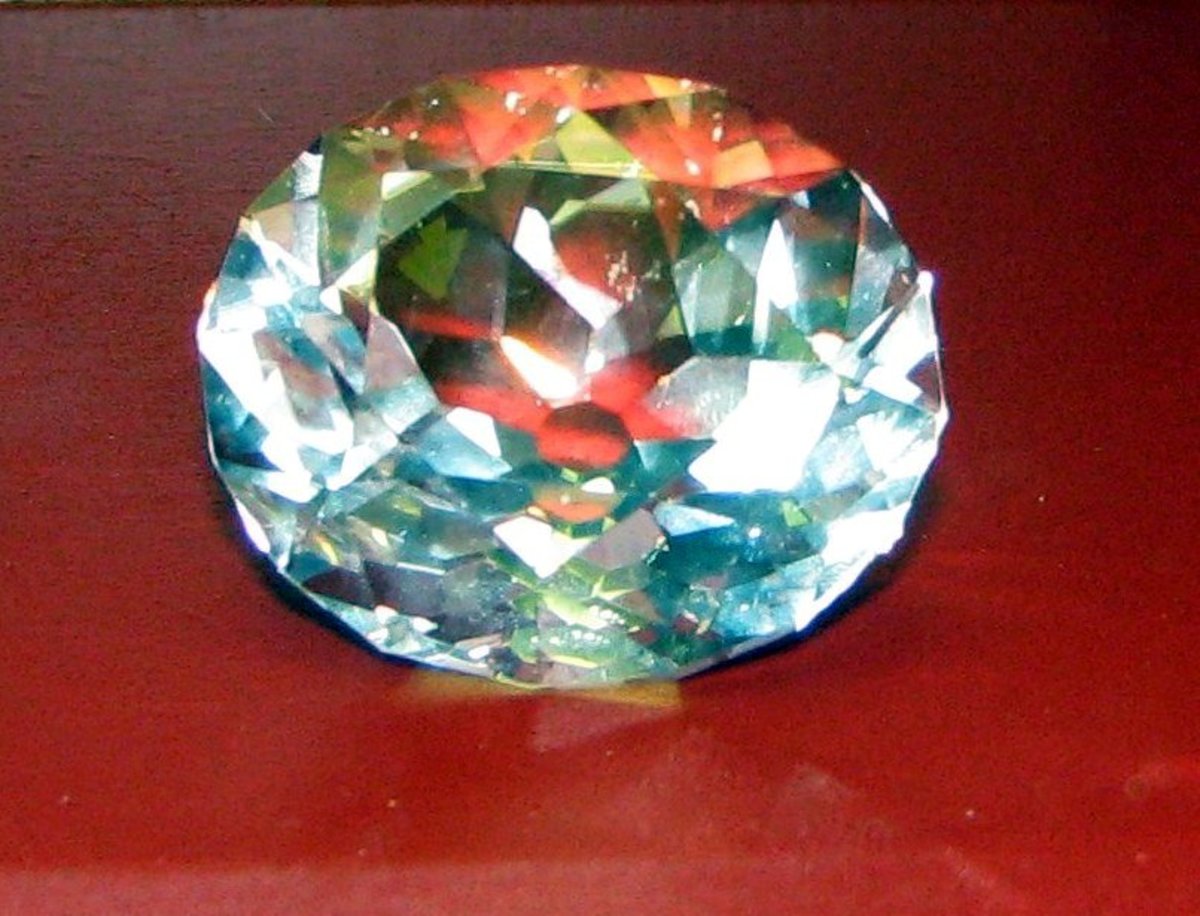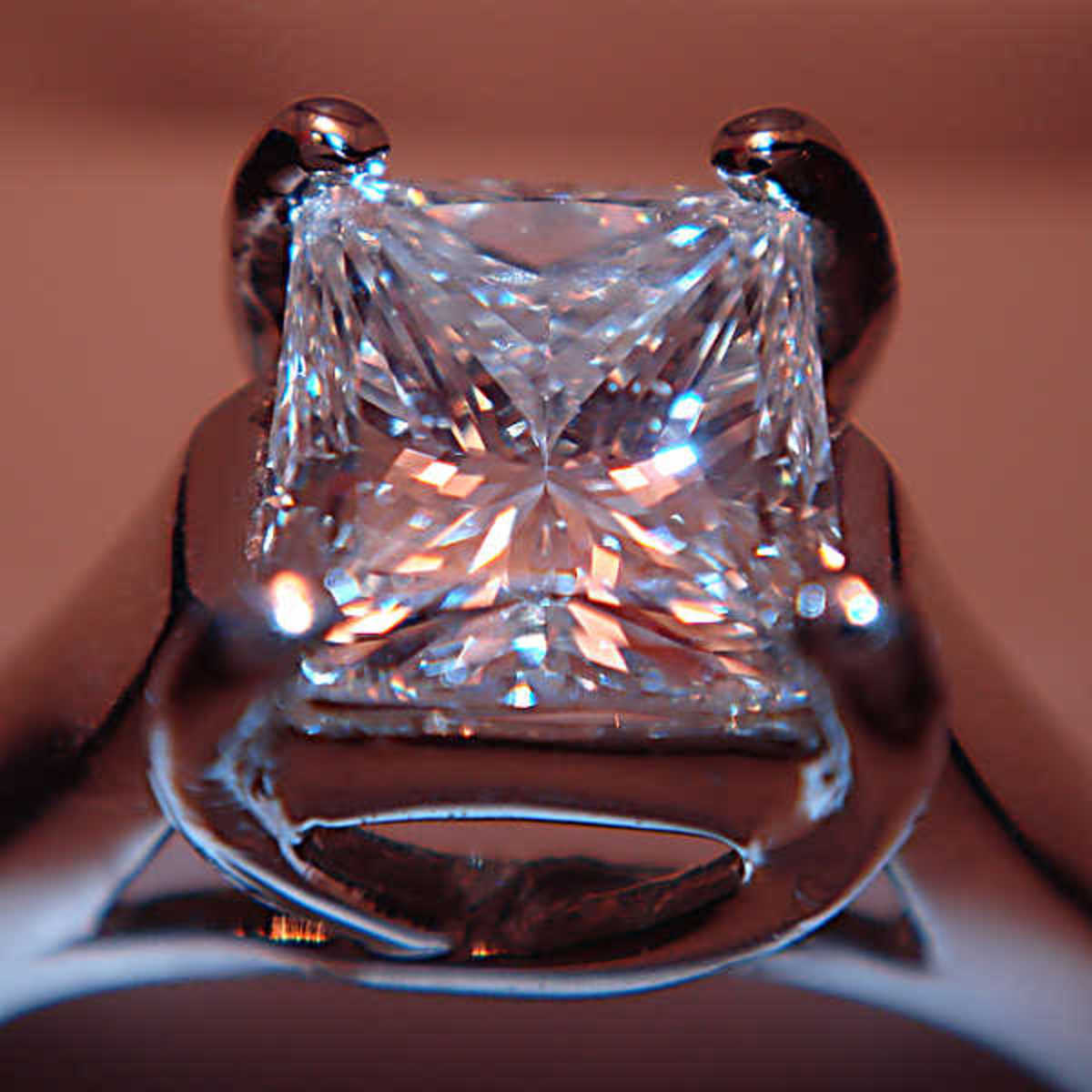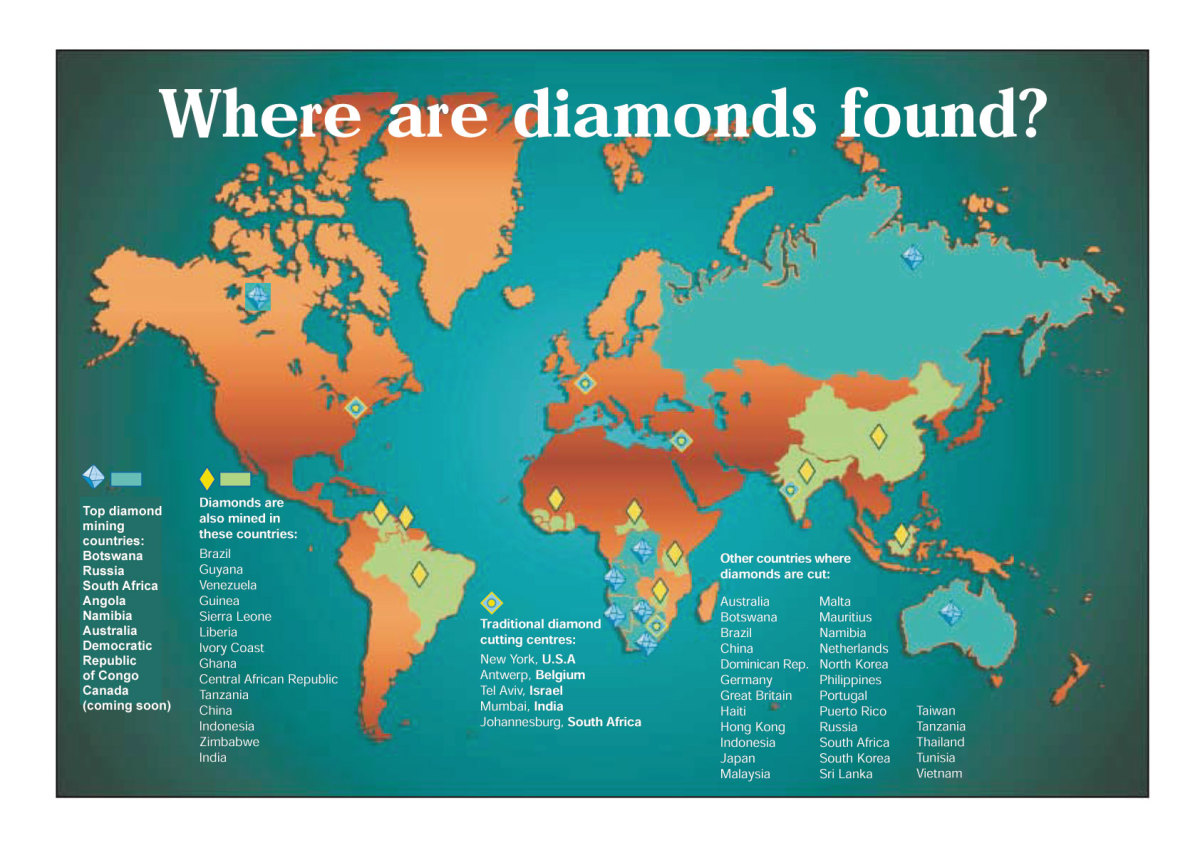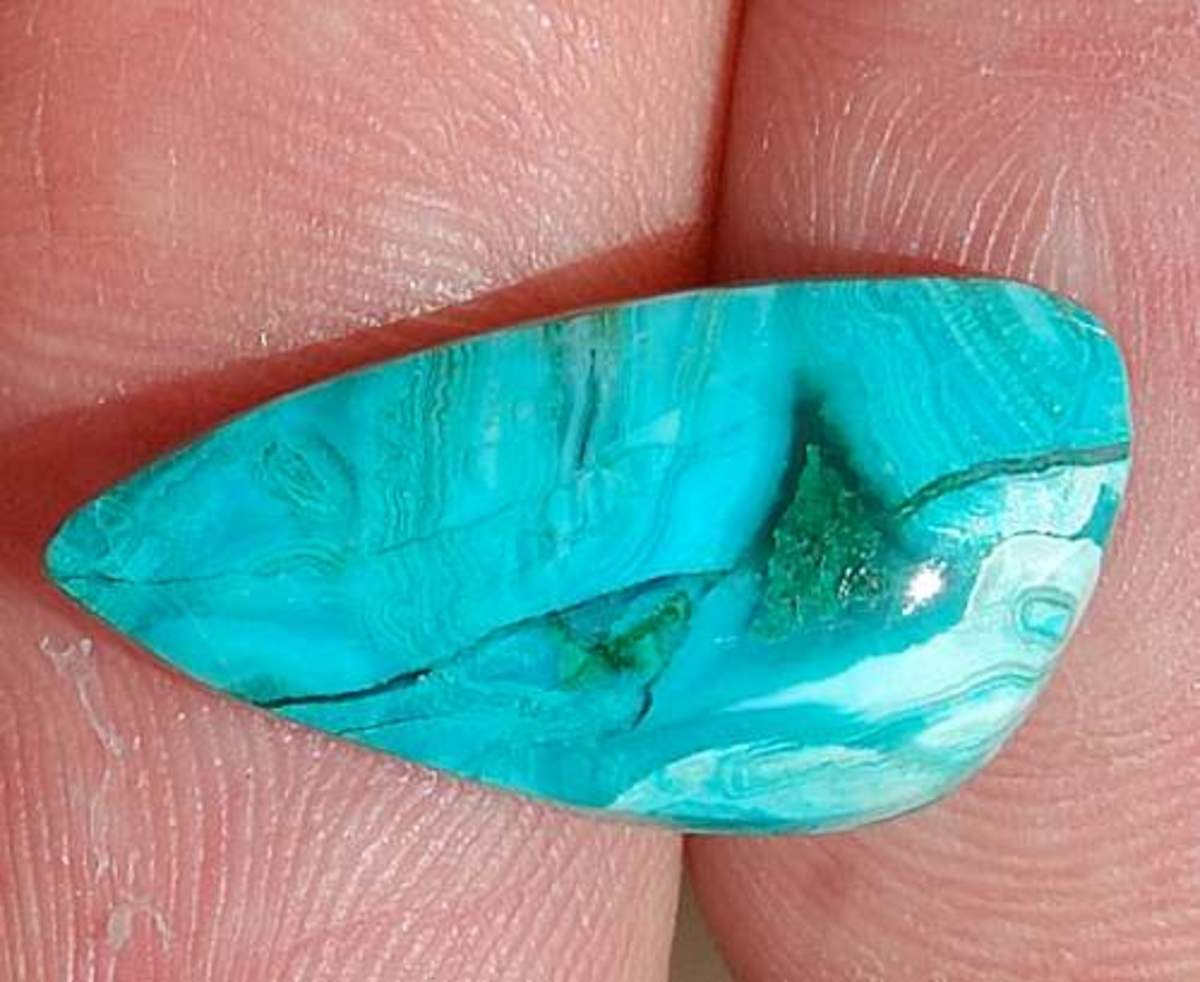Are Some Diamond Cuts More Expensive Than Others?
Diamond Cut Chart
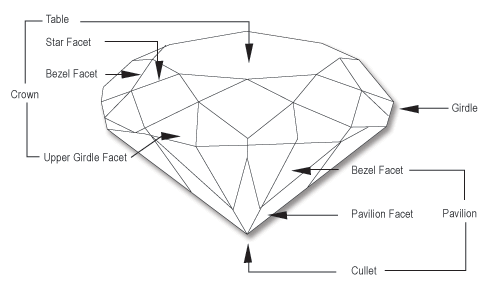
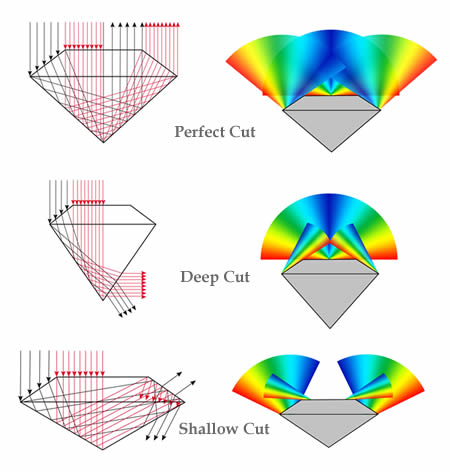
Are some diamond cuts more expensive than others? Well before I answer that question,there is one misconception that must be cleared up first and foremost; a diamond’s cut and a diamond’s shape are not one and the same. The shape is what this article will be discussing – whereas the cut is how the stone is, well, cut with mathematical precision and the type of artisanship that only can only be gained via careful observation and the type of experience which cannot be bought.
A diamond’s cut determines how much brilliance and fire can be seen as it catches and reflects the light a certain way – it’s all geometry. Interestingly enough, what costs the most for the gem cutter is not necessarily what costs the most to the consumer. Now, let us focus on appropriately pricing specific shapes.
There are ten common shapes into which diamonds are cut: Round (also known as round brilliant), Marquise, Asscher, Cushion, Pear, Oval, Emerald, Princess, Radiant, and Heart. All “fancy” shapes of diamonds (fancy being the term assigned to all diamonds that aren’t round) are less expensive at the wholesale level – they are often sold for more because jewelers know that people will believe a more complex or unusual cut should be worth more.
The princess cut, which is becoming more popular, is an octagonal cut which allows the most material from the rough diamond to be preserved. This serendipity occurs because the diamond’s crystals tend to form into a pair of octagons with square edges – edges that must be cut off to form a round. Therefore, the diamond cutter needs to do less work, and can sell the “larger” stone for more money.
Obviously, a different jeweler will have different supplies, and will put in their own individual markup. But in some cases, the final price either has to do with supply and demand, or the level of difficulty required to work with a particular diamond.
So you're still wondering, are some diamond cuts more expensive than others? Yes, for instance, princess cut diamonds tend to be more difficult to set, as they have especially sharp corners. And the Asscher cut is exceedingly rare (and gaining in popularity), as it is a patented cut that is only produced by the Asscher family in Amsterdam.
It’s because of this rarity that the Asscher is the most expensive cut – lack of supply plus steadily increasing demand. And of course, due to its seat as the most popular of all cuts, the round brilliant is the second most expensive.
A variety of factors can affect a diamond’s price. While supply and demand definitely play a significant role, the psychology of what the jeweler believes you will pay for a perception of difficulty or rarity also comes into play.
The answer to, are some diamond cuts more expensive than others is yes but many factors need to be accounted for. What is trendy at the time, the public's perception, and the industry. Happy shopping!

